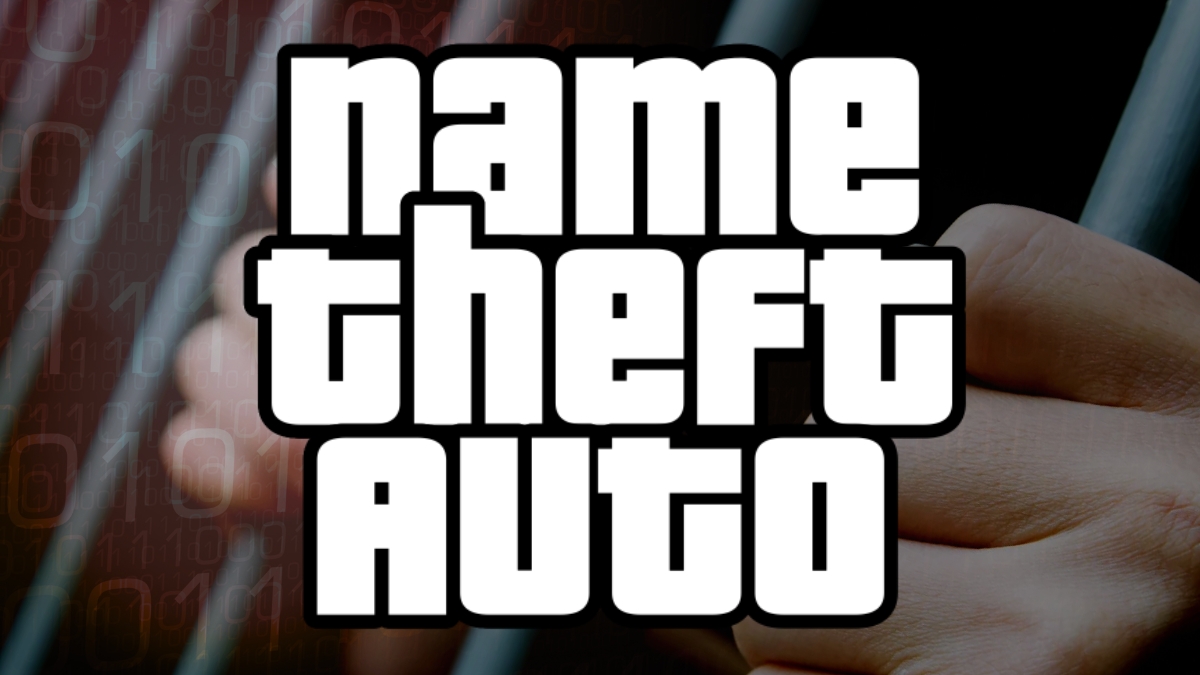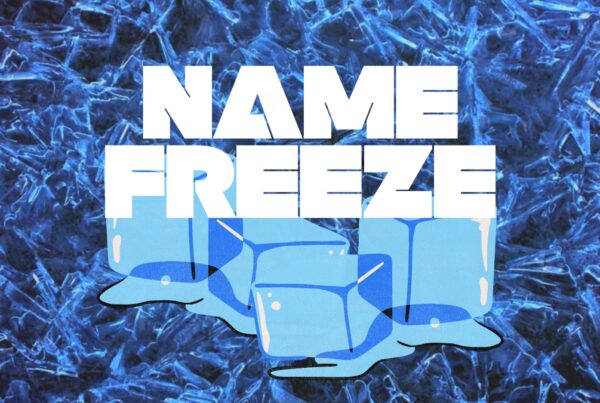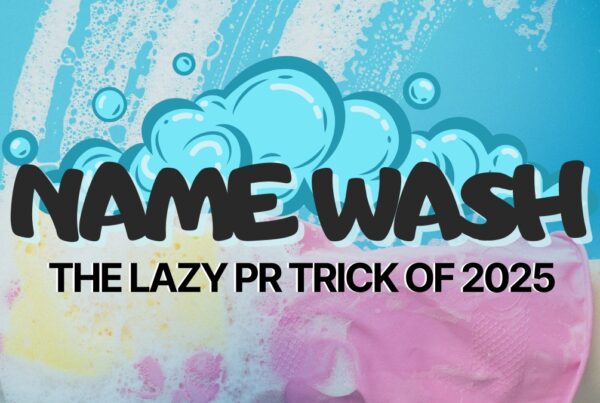Identity Theft, Stolen Brands, and the Black Market for Personal and Business Names
Names have influence. They help us get recognized, safeguard our reputations, and make our work visible to a larger audience. Names, however, are also targets. A growing black market makes money using names that are not theirs, from stolen identities to fake brands. This article examines the theft of brand names, the appropriation of personal identities, and the covert growth of the name black market in the digital era.
The High Cost of a Stolen Identity
Credit card fraud is no longer the only kind of identity theft. Criminals obtain personal information from public social media profiles, phishing attempts, and data breaches. Once they have a name, they can use it to commit crimes, apply for loans, and open bank accounts. It frequently takes victims years to repair the harm.
The effects extend beyond monetary loss. Victims have to deal with mental distress, ruined credit, and the added burden of proving their identity. Nowadays, identity theft is a worldwide industry where a person’s name is worth as much as their passport.
Real-World Examples of Identity Theft
Millions of names, birth dates, and Social Security numbers were made public by significant breaches like the Equifax event. In another instance, after scammers used his name to buy cars and rent apartments, a Florida guy found thousands of dollars in debt linked to his identity. These kinds of incidents show how one compromised name can lead to long-term mayhem.
When a Brand Name Becomes a Target
Companies are just as vulnerable. While cyber squatters register lookalike domain names to attract clients, counterfeiters replicate trademarks and logos. Overnight, a single fraudulent internet store can destroy consumer confidence and embezzle thousands of dollars in revenue.
The hardest challenges are faced by small firms. They are obvious targets for identity theft since they frequently lack cybersecurity funding and legal teams. Protecting a brand name can be like fighting an invisible foe for business owners.
Famous Cases of Brand Hijacking
Millions of dollars have been lost by high-end fashion brands due to fake goods marketed under their names. Fake customer assistance websites have been used to imitate even IT companies. These incidents demonstrate the value of a well-known brand name to criminals.
The Black Market for Names
Stolen personal information is traded in large quantities on dark web forums and hidden marketplaces. Social Security numbers, names, and dates of birth are bundled and marketed as commodities. In the same way, investors buy up neglected or expired domain names with the intention of selling them to the original owners for a high price.
Names are more than just words, which is why this black market thrives. They carry customer trust, credit histories, and reputations. Criminals are aware that trust is worth money.
Global Trends in Name Theft
Identity theft is not limited to a single nation. Cybercriminal organizations in Europe target government health records in an effort to get confirmed identities. In several Asian countries, money-laundering shell corporations are established using stolen names. The market for phony identification documents linked to migration routes is expanding in Latin America. Businesses and people can better predict potential risks by being aware of these worldwide trends.
How the Dark Web Fuels Name Theft
Mass identity theft is profitable since, according to research, stolen personal details can only fetch a few dollars per. Some vendors even sell “fullz,” which are identity kits that come with everything you need to pass for someone else. Due to the difficulty of tracking these underground networks, name theft grows.
The Economics of Stolen Names
The worth of a stolen identity can be as low as a few dollars, but thieves frequently increase that amount significantly. They can make thousands of dollars by opening credit lines, committing wire fraud, or fabricating identities under a single name. Despite stricter regulations and improved security measures, identity theft is still on the rise, which can be explained by this economic model.
How Criminals Exploit Stolen Names
Identity theft is a common tactic used by scammers. In order to establish new credit lines, some people fabricate identities by fusing authentic and fraudulent information. Others pose as company owners in order to deceive suppliers or steal cash. Additionally, fake social media accounts that deceive consumers and undermine credibility might be created using a stolen brand name.
The Social Media Trap
Criminals are able to imitate people or brands thanks to social media sites. Before the genuine owner notices, fake profiles can post advertisements, get in touch with followers, and even collect money. Due to the global nature of social networks, closing these accounts can be difficult and time-consuming.
Protecting Your Name
To protect their identity, people can take easy yet effective actions. Risk is decreased by using strong passwords, multi-factor authentication, and routine credit monitoring. Refrain from disclosing too much personal information online and be on the lookout for misleading efforts.
Companies should grab related domain names, register trademarks early, and keep an eye out for illegal vendors or similar websites on the internet. Legal advice and cyber insurance may be expensive, but they can avert more significant damages down the road.
Practical Checklist for Individuals
- Use unique, complex passwords for every account
- Enable multi-factor authentication wherever possible
- Check your credit reports at least twice a year
- Freeze your credit if you suspect a breach
- Limit what personal details you share on public profiles
Practical Checklist for Businesses
- Register trademarks in every market where you operate
- Purchase all common variations of your domain name
- Monitor marketplaces and social media for counterfeit products
- Create a rapid-response plan for brand impersonation
- Train employees to spot phishing and social engineering attempts
Corporate Response Strategies
Nowadays, big businesses have ongoing monitoring mechanisms in place to identify fraudulent conduct before it becomes widespread. Some employ specialized threat intelligence companies that look for stolen data on the dark web. Others establish specialized “brand protection teams” to monitor fake goods and impersonation websites. Smaller companies can use automated alerts and reasonably priced monitoring services to implement scaled-down versions of these procedures.
The Legal Landscape
To combat identity theft and brand hijacking, governments and authorities are strengthening their rules. People have more control over their data thanks to data privacy laws like the California Consumer Privacy Act and the GDPR of the European Union. Businesses have legal remedies through trademark protections and domain name court procedures.
What Victims Can Do Legally
In order to flag bogus accounts, victims of identity theft should notify credit bureaus, call their bank or credit card issuer, and report the incident to the police. Companies can use legal arbitration to regain stolen domains and punish counterfeiters by collaborating with intellectual property lawyers.
Psychological Impact on Victims
Name theft victims frequently experience worry, insomnia, and a persistent fear of more attacks. It can take months or even years to repair credit and remove fraudulent records, leaving people feeling helpless. Although counseling services and support groups offer assistance, many victims claim that prompt assistance from banks, credit bureaus, and law police is the most beneficial.
The Future of Name Protection
Blockchain technologies and artificial intelligence hold promise for safeguarding brand ownership and identity verification. While blockchain can produce tamper-proof records of who owns a name or trademark, artificial intelligence can identify trends of fraudulent conduct. Although these tools are still in their early stages, they suggest a time when advanced technology may be necessary for identity protection.
The Role of Education and Awareness
One of the best defenses is raising public awareness. The amount of successful attacks can be decreased by teaching individuals to spot fake social media profiles, suspicious links, and phishing attempts. A stronger first line of defense is produced by companies that educate their staff and clients.
Why Names Will Always Matter
A name is a symbol of trust, whether it is personal or business-related. It is frequently the last thing people remember about us and the first thing they know about us. Names will continue to be stolen as long as trust is valuable.
Protecting one’s reputation is no longer only a legal obligation. It is essential to safeguarding one’s identity, reputation, and ability to function in a digital environment.
Conclusion
Theft of business and personal names is more than a hassle. It compromises money, reputations, and the confidence that supports all relationships. The risks keep getting higher as criminals exchange names like cash on the dark web, affecting everyone from individual identity fraud victims to multinational businesses battling counterfeiters.
It takes more than one strategy to protect a name. Active monitoring, strong personal security practices, legislative protections, and new technologies like blockchain and artificial intelligence are all important. Awareness and education are still equally vital.
A name is more than just a designation. It is an assurance of genuineness. In today’s interconnected world, keeping that commitment is crucial to daily life and company operations.
Next, we turn to Name Swap Economy, where we explore how digital names function like tradable assets and why swapping them has become both a business model and a black-market practice.




